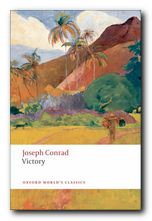The Complete Tales of Joseph Conrad is a series of tutorials and guidance notes on all the shorter fiction of Joseph Conrad. The stories are commonly given the name ‘tales’ or ‘shorter fiction’ because hardly any of them are now what would be considered traditional short stories. Some of them were originally published as serials in magazines, as was common with novels at the end of the nineteenth century. Indeed, one or two (such as The Secret Sharer and The Shadow Line) are now commonly regarded as novellas. The series is shown here in alphabetical order.
![]() A Smile of Fortune — (1911)
A Smile of Fortune — (1911)
![]() Amy Foster — (1901)
Amy Foster — (1901)
![]() An Anarchist — (1906)
An Anarchist — (1906)
![]() An Outpost of Progress — (1897)
An Outpost of Progress — (1897)
![]() Because of the Dollars — (1915)
Because of the Dollars — (1915)
![]() Falk: A Reminiscence — (1903)
Falk: A Reminiscence — (1903)
![]() Freya of the Seven Isles — (1912)
Freya of the Seven Isles — (1912)
![]() Gaspar Ruiz — (1906)
Gaspar Ruiz — (1906)
![]() Il Conde — (1908)
Il Conde — (1908)
![]() Karain: A Memory — (1897)
Karain: A Memory — (1897)
![]() Prince Roman — (1911)
Prince Roman — (1911)
![]() The Black Mate — (1908)
The Black Mate — (1908)
![]() The Brute — (1906)
The Brute — (1906)
![]() The Duel — (1908)
The Duel — (1908)
![]() The End of the Tether — (1902)
The End of the Tether — (1902)
![]() The Idiots — (1896)
The Idiots — (1896)
![]() The Informer — (1906)
The Informer — (1906)
![]() The Inn of the Two Witches — (1915)
The Inn of the Two Witches — (1915)
![]() The Lagoon — (1897)
The Lagoon — (1897)
![]() The Partner — (1915)
The Partner — (1915)
![]() The Planter of Malata — (1915)
The Planter of Malata — (1915)
![]() The Return — (1898)
The Return — (1898)
![]() The Secret Sharer — (1910)
The Secret Sharer — (1910)
![]() The Shadow Line — (1917)
The Shadow Line — (1917)
![]() The Tale — (1917)
The Tale — (1917)
![]() The Warrior’s Soul — (1917)
The Warrior’s Soul — (1917)
![]() To-Morrow — (1902)
To-Morrow — (1902)
![]() Typhoon — (1902)
Typhoon — (1902)
![]() Youth — (1898)
Youth — (1898)
Joseph Conrad web links
Joseph Conrad at Mantex
Biography, tutorials, book reviews, study guides, videos, web links.
Joseph Conrad – his greatest novels and novellas
Brief notes introducing his major works in recommended editions.
Joseph Conrad at Project Gutenberg
A major collection of free eTexts in a variety of formats.
Joseph Conrad at Wikipedia
Biography, major works, literary career, style, politics, and further reading.
Joseph Conrad at the Internet Movie Database
Adaptations for the cinema and television – in various languages. Full details of directors and actors, production notes, box office, trivia, and quizzes.
Works by Joseph Conrad
Large online database of free HTML texts, digital scans, and eText versions of novels, stories, and occasional writings.
The Joseph Conrad Society (UK)
Conradian journal, reviews. and scholarly resources.
The Joseph Conrad Society of America
American-based – recent publications, journal, awards, conferences.
Hyper-Concordance of Conrad’s works
Locate a word or phrase – in the context of the novel or story.
© Roy Johnson 2015
More on Joseph Conrad
Twentieth century literature
More on Joseph Conrad tales
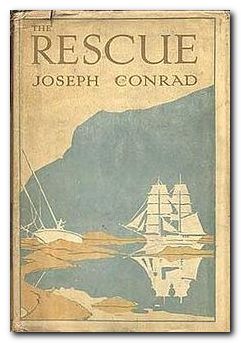

 The Cambridge Companion to Joseph Conrad offers a series of essays by leading Conrad scholars aimed at both students and the general reader. There’s a chronology and overview of Conrad’s life, then chapters that explore significant issues in his major writings, and deal in depth with individual works. These are followed by discussions of the special nature of Conrad’s narrative techniques, his complex relationships with late-Victorian imperialism and with literary Modernism, and his influence on other writers and artists. Each essay provides guidance to further reading, and a concluding chapter surveys the body of Conrad criticism.
The Cambridge Companion to Joseph Conrad offers a series of essays by leading Conrad scholars aimed at both students and the general reader. There’s a chronology and overview of Conrad’s life, then chapters that explore significant issues in his major writings, and deal in depth with individual works. These are followed by discussions of the special nature of Conrad’s narrative techniques, his complex relationships with late-Victorian imperialism and with literary Modernism, and his influence on other writers and artists. Each essay provides guidance to further reading, and a concluding chapter surveys the body of Conrad criticism.
 Lord Jim
Lord Jim Heart of Darkness
Heart of Darkness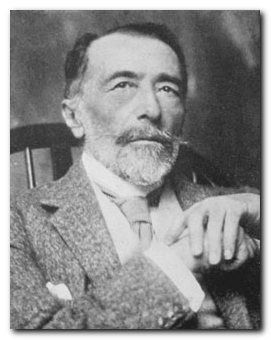
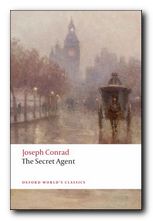
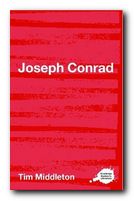 The Complete Critical Guide to Joseph Conrad is a good introduction to Conrad criticism. It includes a potted biography, an outline of the stories and novels, and pointers towards the main critical writings – from the early comments by his contemporaries to critics of the present day. Also includes a thorough bibliography which covers biography, criticism in books and articles, plus pointers towards specialist Conrad journals. These guides are very popular. Recommended.
The Complete Critical Guide to Joseph Conrad is a good introduction to Conrad criticism. It includes a potted biography, an outline of the stories and novels, and pointers towards the main critical writings – from the early comments by his contemporaries to critics of the present day. Also includes a thorough bibliography which covers biography, criticism in books and articles, plus pointers towards specialist Conrad journals. These guides are very popular. Recommended.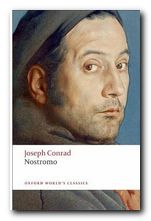 Nostromo
Nostromo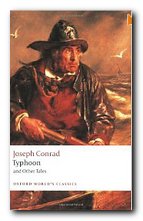
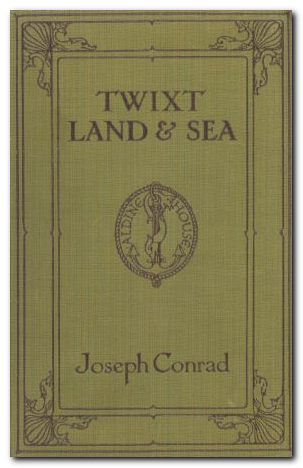
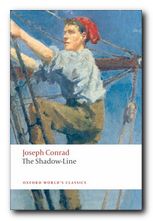

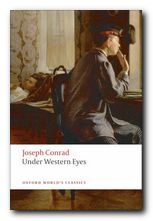 Under Western Eyes
Under Western Eyes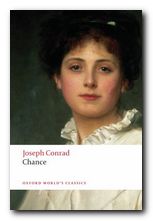 Chance
Chance
